The Art of Decision-Making: Navigating the Spectrum of Individual Choice and Community Standards
The Illusion of Rationality
As adults, we pride ourselves on our ability to make decisions and live with the consequences. After all, no one else should have the power to tell us what flavor of ice cream we prefer or what career path to choose. We believe that we possess an innate sense of knowing what we want. However, when we consider the complexities of the network effect, profit-seeking industrial entities, statistics, long-term impact, and side effects, our ability to make informed decisions often falls apart.
Uninformed Decisions with Ticking Time Bombs
Take, for instance, the millions of individuals who suffer from terminal lung cancer today. Decades ago, many of them made the decision to start smoking cigarettes without fully comprehending the potential consequences. Similarly, numerous teenagers have succumbed to the allure of electronic cigarettes like Juul, hooked by their enticing flavors and trendy marketing. When tempted with a free case of bottled water at the local supermarket, few stop to consider the long-term consequences of their single-use plastic waste. The regulation of pharmaceuticals also poses a challenge, as the line between rigorous testing and underregulation becomes increasingly blurred.
The Spectrum of Decision-Making
When it comes to decision-making, there’s rarely a definitive right answer. Instead, we find ourselves navigating a spectrum between individual choice and community standards. Ideally, we would each be equipped to make smart, long-term decisions with accurate information at our disposal. However, the reality is that most of us don’t conduct a longitudinal study before taking a pill or purchasing a new product. We rely on buzz, hype, and societal status to guide our decisions, often neglecting statistics and peer-reviewed research.
As a society, it’s essential to engage in a dialogue about where to draw the line between individual choice and community standards. We must question whether certain actions may mislead, confuse, or harm individuals and society as a whole. Are there incentives in place for consent to be bypassed, or profits to be made when people are not fully informed? Do our inherent human decision-making processes leave us vulnerable to manipulation by organizations with conflicting goals? And are there public health implications that outweigh the benefits of individual choice?
Decisions in the Real World
The theories of microeconomics and classic marketing often exist in a vacuum, disconnected from the complexities of the real world. To implement these theories on a large scale, we must critically evaluate the impact of millions of decisions made without clarity or perspective. It is crucial that we consider the far-reaching consequences of our choices and examine the potential for unintended harm.
In Search of Balance
While there may never be a perfect equilibrium between individual choice and community standards, we must strive to strike a balance. This entails educating ourselves and others, challenging the status quo, and demanding transparency from corporations and governing bodies alike. By considering the network effect, long-term impact, and potential side effects of our decisions, we can begin to make more informed choices that benefit both ourselves and society.
In conclusion,
We are all daily faced with a myriad of decisions, big and small. It is essential to recognize that our choices have consequences, not only for ourselves but also for the world around us. While the ideal state of decision-making may be elusive, we can foster a culture of informed choice by questioning, learning, and actively participating in shaping the values and standards of our communities.

